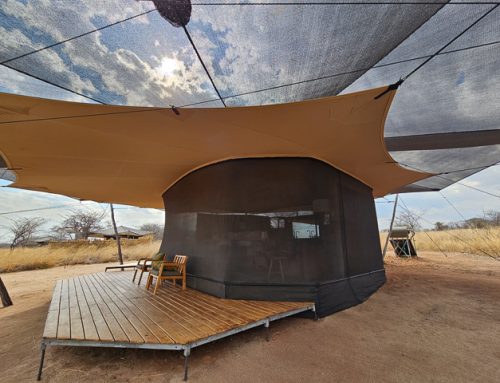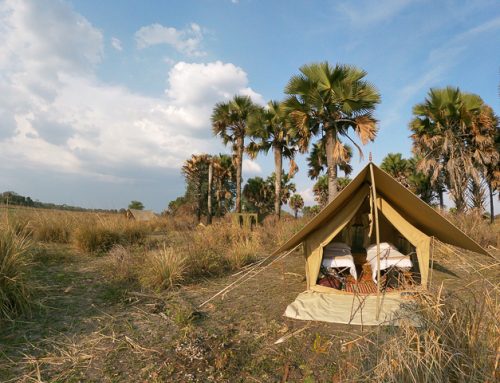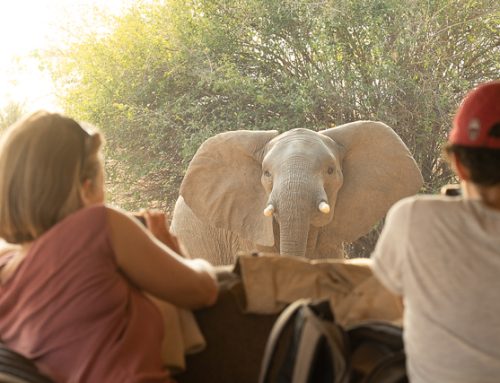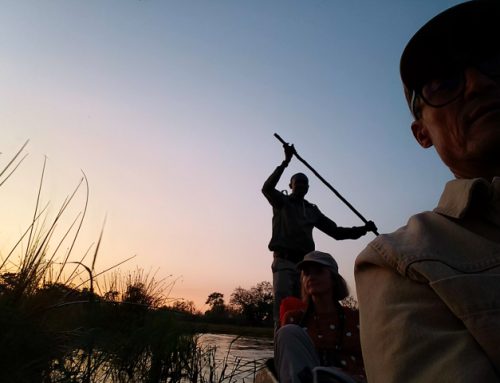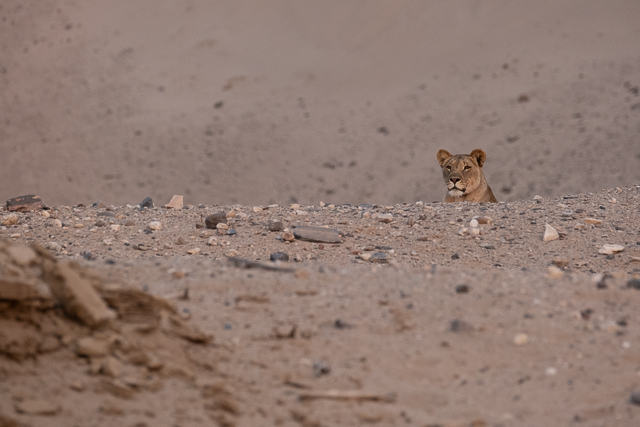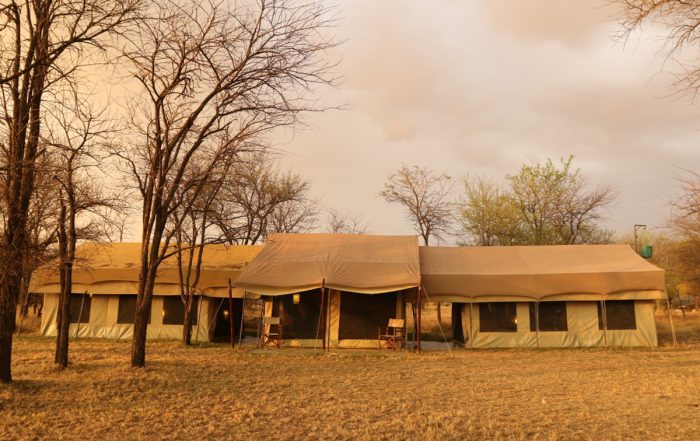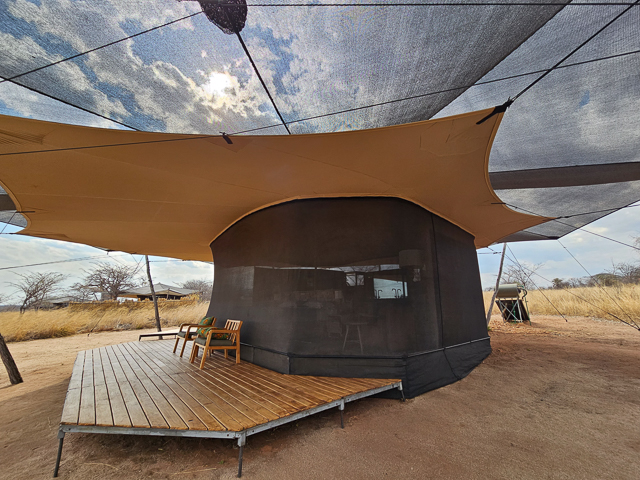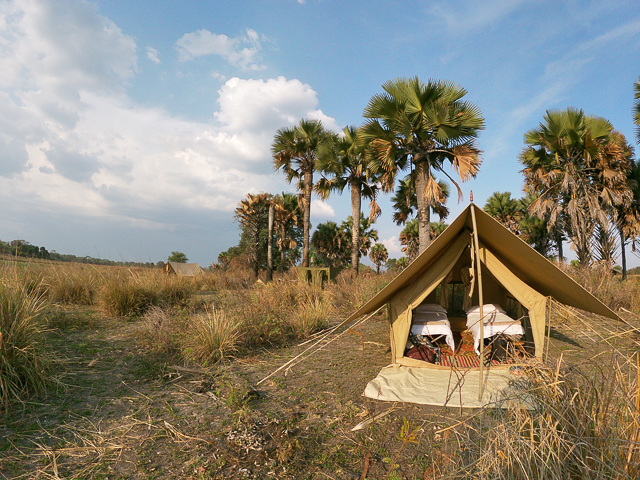This was one of the rare occasions when us three brothers could do something together. My younger brother, Sam, lives in Australia, I now live in Spain, and Damian is the only one left in Africa – in Tanzania.
Damian Bell started and runs a non-profit organization (Honeyguide Foundation) that aims to help local communities benefit from having wildlife in their vicinity.
Honeyguide is concerned with ways to minimize the effect of wildlife on subsistence farmers or pastoralists. This can be by encouraging the planting of crops that animals do not like, or crops that have a high value in the tourist industry. Over the years Honeyguide has also become involved in anti-poaching, to protecting wildlife that potentially could have important economic spin-offs for the local inhabitants.
About 80% of Tanzanians are subsistence farmers. For people who are so dependent on the success of their crops for their livelihood and nutrition, wildlife is often in direct conflict with them. However at the same time the potential revenue capability for wildlife (safari) tourism increases each year. As wildlife areas become scarce or shrink in size the fees charged to tourists increases.
Honeyguide’s anti-poaching efforts combine specialized tools (such as night vision binoculars, tracker dogs and a micro-lite) with forming an excellent network and rapport with the local people, by providing employment and educational and other projects. In the last few years this has resulted in considerable success in the reduction of poaching in the areas they were responsible for, so that they were sought by other organizations to manage anti-poaching in new areas as well. One of these is the Manyara Ranch Conservancy supported and partly run by the African Wildlife Foundation.
So Sam and I were sitting on the roof of the Land-Rover while Damian drove us into the Manyara Ranch Conservancy to see how it looked. I have been there several times since the 1990s, so am familiar with the ranch. We had hardly been on the ranch 15 minutes before we came across a herd of about 200 elephants! Furthermore they were feeding without being too bothered by our presence. In heavily poached areas they nearly always run off, and sometimes they charge. This was certainly a welcome sight, since elephant poaching throughout Tanzania has been rampant over the past 3 or 4 years.
Damian mentioned that Honeyguide’s Manyara Ranch anti-poaching crew were proud to declare that over the last year and a half (since they had been in charge) not one elephant had been poached here. We continued our game drive through the extremely lush bush, seeing herds of impala, zebra, giraffe, eland, and some dik dik and jackals. Wildlife certainly seemed more relaxed here that in the past.
It was clear that this reserve is still heavily visited by migrant wildebeest and zebra in this “green” wetter time of year, and cattle are mainly kept off. Cattle are permitted in limited numbers in the dry season. One benefit for the mainly pastoral Maasai people, who live in the area, is that the ranch has not been heavily over-grazed, unlike the surrounding areas, and is becoming an important dry season refuge with high quality grass for these communities.
We met the anti-poaching crew and the famous tracker dogs, and got the latest news. The heavy rains now meant that the ranch was effectively split into two by a river that was in full flood. This was a problem, because the team was very small for this 18,000 hectare ranch (45,000 acres), and there really weren’t enough resources to have a team on each side of the river. Last night the crew had heard gunshots on the far side of the river, and tried to get across to investigate, but they could not have a thorough look at the area.
We then prepared a dinner of roasted goat around the campfire. Conversation wandered from anti-poaching and community work to catching up on family life.
At dawn the weather was perfect for flying, so we drove to the tiny and narrow airstrip and prepared the micro-lite for a flight. Damian and Sam took off and flew all around the ranch looking for any signs of intrusion or poaching. I busied myself with finding ancient stone tools on the airstrip! After they landed, one of the game scouts (rangers) then flew off with Damian to get a better look at the area where the shots had been heard.
Finally they were able to smell a carcass, and slowly circle closer, until sure enough they saw a putrid elephant, missing its tusks, hidden in the bush. They flew back to the airstrip, and the sad news was contemplated by all.
The really worrying thing was that this carcass was a week or more old, and the gunshots were heard two nights ago, so it was likely that more than one incursion and elephant was involved. One possibility considered was that this elephant had been shot far from the reserve, as none of the team had heard any gunshots in the past 2 or 3 weeks. It may have been shot and walked onto the reserve, where it died. Two other elephants had been shot on land adjoining the reserve in the last year, and this could be a third victim.
We could not stay longer, and had to return to Arusha after a great night in the bush, and a worrying following morning.
I heard from Damian later that the anti-poaching team found the elephant they were looking for, not that far from the other one. It still had its tusks, as the poachers must have not had time to follow it to where it fell, planning to return later. The team were able to track back and to discover the poachers in a nearby village, and investigations into the racket by government authorities are now on-going.
While the Honeyguide team was ultimately successful, it is clear that the task to curb poaching is enormous, involving many different government organizations (National Parks, Police, Wildlife Division etc) as well as supporting non-profits such as Honeyguide, and still has a long way to go.
I wish them all well, and hope they are successful in not only curbing poaching, but also in helping the local inhabitants benefit from wildlife.
Justin


